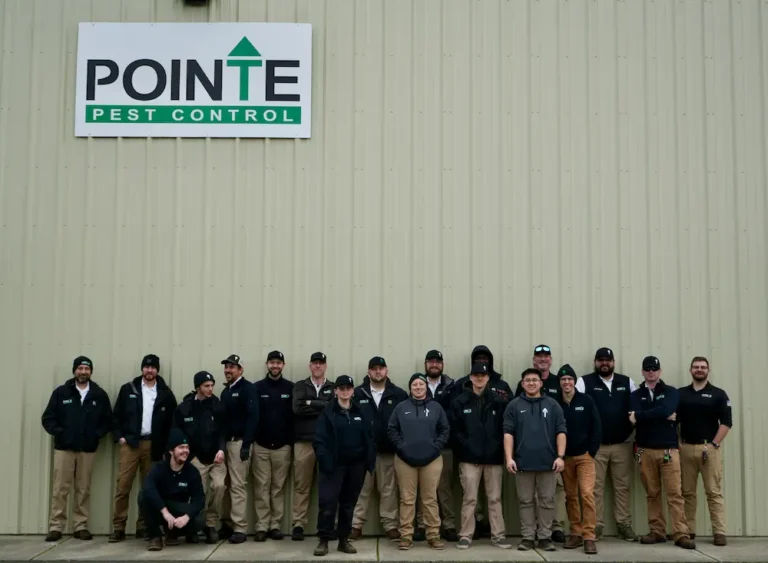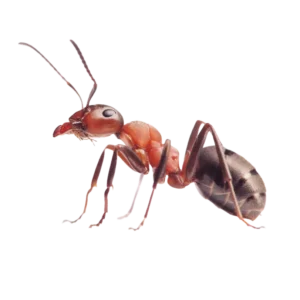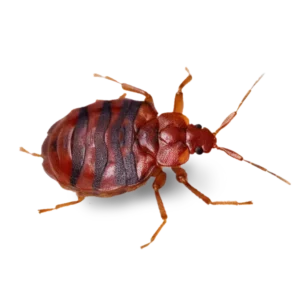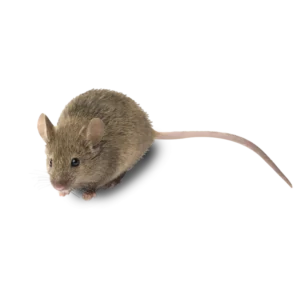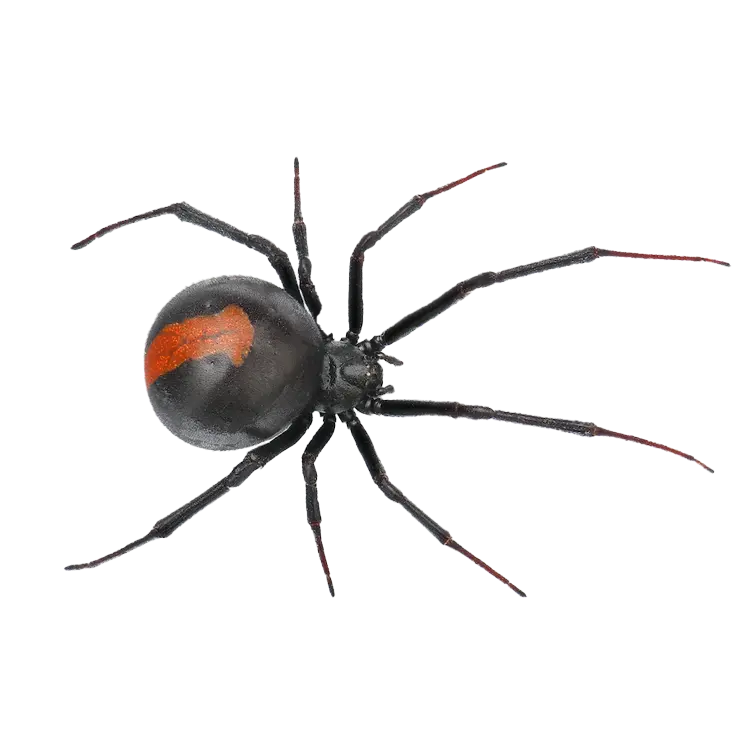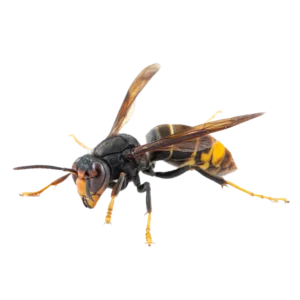Vancouver Termite Control
Termites, for as small as they are, do an annual $5 billion worth of damage all across the United States. The fact is that most homeowners and commercial property owners don’t realize that they have an infestation until after a considerable amount of damage has been done. This results in property owners forking over big bucks just to repair the damage that termites have done. This does not include the costs of eradicating a current infestation or preventing a future one.
In this article, we’ll discuss how and why termites are the bain of homeowners across the U.S. and how the Vancouver termite control specialists at Pointe Pest Control handle termite troubles.
Understanding Termite Society
In order to understand how these critters can be so destructive, you need to know a little bit about your average termite colony. In addition to a queen, termite colonies are composed of three castes: The worker caste, the reproductive caste, and the warrior caste.
The queen is quite an amazing piece of biological engineering. She can live up to 30 years which is longer than any other known insect on the planet. The queen is responsible for controlling and ordering termite society.
Then you have the reproductive caste. They are most active during swarming season. They are responsible for helping the queen populate the termite colony. If you see any flying termites in your home, then that means that you have a colony that is so successful, that it’s decided to venture forth and start a new colony.
The warrior termites are responsible for protecting the colony against threats. Most threats come in the form of other insects, most notably ants, who compete over the same resources.
Lastly, and most importantly, you have the worker caste. The workers are responsible for feeding all of the other castes and the queen. Their work involves chewing up your home, extracting the cellulose from plant-based building materials, and then returning the food to the colony where they feed the rest of the hive. Since termites don’t require sleep, they can spend all day foraging for your food for the rest of the colony. Infestations that have grown out of control can sometimes be heard by homeowners.
How Do Termites Get into Your Home?
The termites that do the majority of damage here in the United States are called subterranean termites. They attack from below, entering your home through tiny cracks in the foundation. This process is inevitable. Termites are attracted to the warmth of homes in the colder months and will thrive in places where puddles accrue in the summer months. These can include leaky gutters or run-off from air conditioners. Termites can access your home through inlets as small as the side of a credit card.
From there, they will begin attacking wood. The worker termites will turn your wood into pulp to nourish the rest of the hive. You may have heard the experts talk about “termite season”. Indeed, “termite season” begins in the spring or fall depending on the type of termite you’re dealing with. What they’re actually referring to is “swarming season.” For swarming season to occur at a specific time, it presupposes that there are some times that are not conducive to creating new termite colonies. However, if the termites’ home is your home, and your home is climate-controlled, then it’s “termite season” all season long.
Termites can do a considerable amount of damage especially when they go undetected for long periods of time.
Managing a Termite Infestation
Pointe Pest Control makes quick work of an active termite infestation and can also help you prevent future ones.
Eradicating an already-existing infestation requires the destruction of the entire colony. This is accomplished with strategically placed baits in the area surrounding your house. Once the infestation is eradicated, it’s time to make a number of changes that can help prevent future infestations. This includes shoring up cracks in your foundation or around your house.
When this isn’t possible, termite control experts use one of two methods to prevent new infestations. This includes soil treatments around your home to create a barrier and wood treatments to protect your wood from hungry termites.

